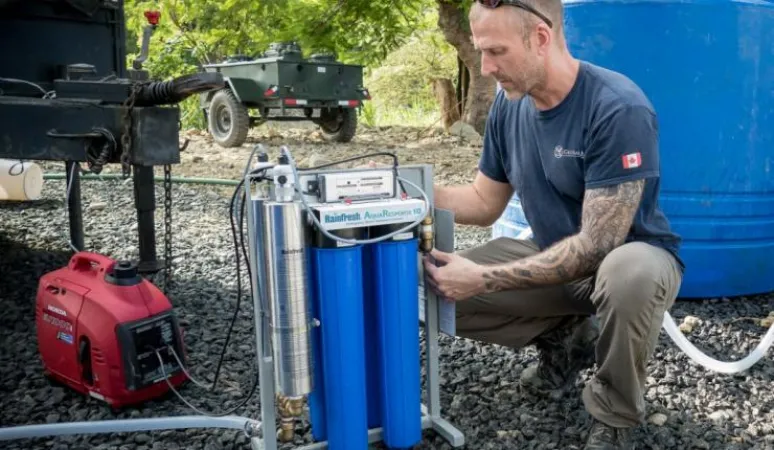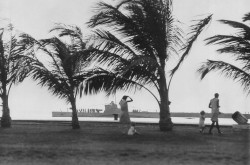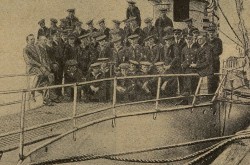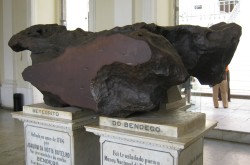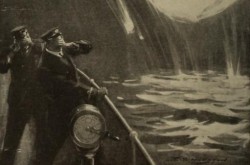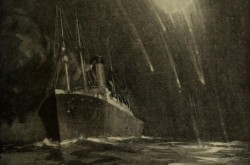GlobalMedic | AquaResponse
This article was originally written and submitted as part of a Canada 150 Project, the Innovation Storybook, to crowdsource stories of Canadian innovation with partners across Canada. The content has since been migrated to Ingenium’s Channel, a digital hub featuring curated content related to science, technology and innovation.
Canadian-made AquaResponse Water Purification Systems are mobile point of source water purification units that are specifically designed for emergency situations. They have the capacity to provide entire communities with purified drinking water, in the most inaccessible and remote locations. The units are highly mobile and can be adapted to work with virtually any water system. As a result, they can be installed and relocated as needs change during an emergency. AquaResponse systems are easy to install, operate and maintain, meaning local community members can be trained on their use in order to strengthen their capacity during an emergency. Available in three volumes, the system can be tailored for use in many scenarios, such as schools, hospitals, refugee camps, communities, and remote villages.
GlobalMedic deploys the AquaResponse systems worldwide, providing clean water to tens of thousands of vulnerable people affected by disasters and complex emergencies. They have been used in response to typhoons in the Philippines, floods in India, earthquakes in Nepal and Ecuador, and complex emergencies in Iraq, to name a few.



